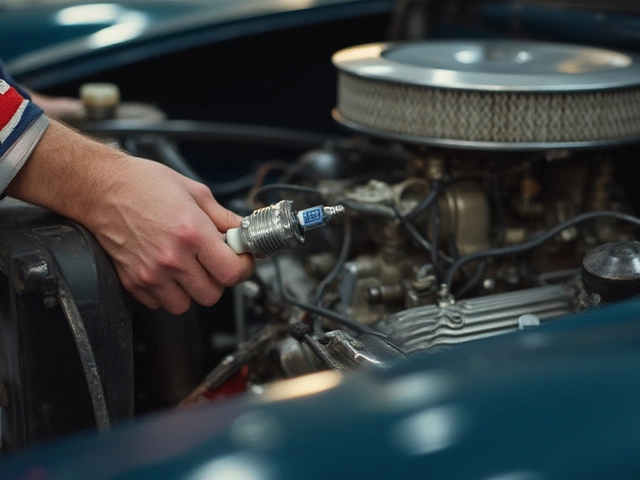Bad Radiator Repair: What to Do When Your Car Overheats
Notice the temperature gauge climbing faster than usual? That’s a clear sign the radiator isn’t doing its job. A faulty radiator can turn a short drive into a roadside worry. Below you’ll find straight‑forward ways to spot the problem, quick fixes you can try at home, and tips on when it’s time to let a professional handle it.
How to spot a failing radiator
First thing to check is the coolant level. Low coolant usually means a leak somewhere in the system. Look under the car for bright green or orange puddles – that’s coolant trying to escape. If you see steam coming from the engine bay, the radiator is probably overheating and needs attention.
Another clue is the smell. A sweet, syrupy odor signals coolant leaking onto hot engine parts. You might also feel a warm spot on the radiator after the car has been running for a while. That warmth shows heat isn’t being transferred away as it should.Don’t forget the radiator fan. If the fan isn’t turning on when the engine gets hot, the radiator can’t cool the fluid. Listen for a humming sound; if it’s silent, the fan motor or thermostat could be the culprit.
What you can do before a pro arrives
Start with a simple pressure test. Many auto parts stores let you rent a pressure tester for a few pounds. Attach it to the radiator cap and watch the gauge. If the pressure drops quickly, you have a leak that needs sealing.
If the leak is small, a bottle of radiator sealant can buy you time. Follow the instructions, pour the sealant into a cool radiator, and drive gently for about 30 minutes. This isn’t a permanent fix, but it can get you to the garage.
Flushing the radiator helps if the fluid is dirty or clogged. Drain the old coolant, rinse with distilled water, and refill with a 50/50 mix of fresh coolant and water. This clears sediment that can block the heat exchange process.
When the problem looks bigger – like a cracked radiator core or a broken fan – leave the car where it is and call a repair shop. Trying to drive with a serious radiator issue can cause the engine to seize, leading to expensive damage.
At Northwich Tyres Centre we can diagnose radiator problems fast, offer reliable replacement options, and fit the new unit while you wait. Our team also checks the thermostat, water pump, and hoses to make sure the whole cooling system works together.
Don’t wait for the next warning light. Spotting a bad radiator early saves money and keeps you safe on the road. If you’re unsure or the fixes above don’t help, drop by Northwich Tyres Centre for a professional inspection.
 10 April 2025
10 April 2025
How Much Does It Cost to Replace a Bad Radiator?
Replacing a bad radiator can put a dent in your wallet, but it's crucial for keeping your car running smoothly. Costs can vary greatly depending on your car's make and model, labor costs in your area, and whether you choose an aftermarket or OEM radiator. This article explores what affects these costs and gives you some handy tips on getting the job done without breaking the bank. If you're facing radiator issues, understanding these factors can help you plan and avoid unexpected surprises.






0